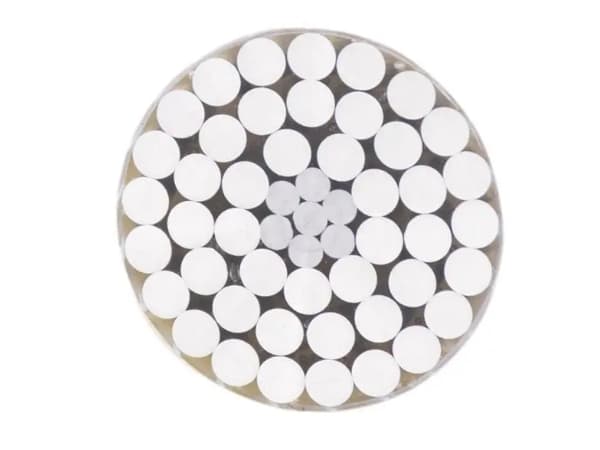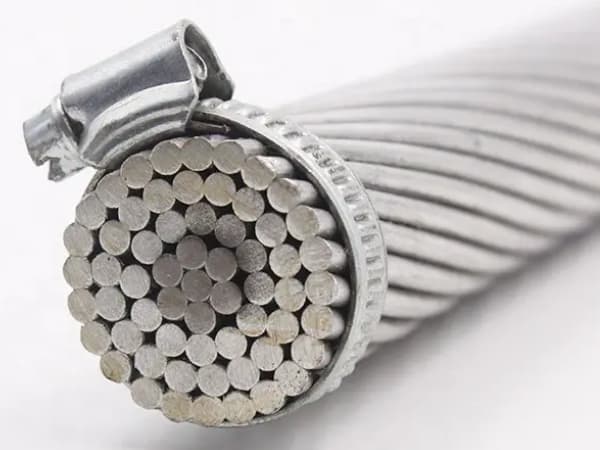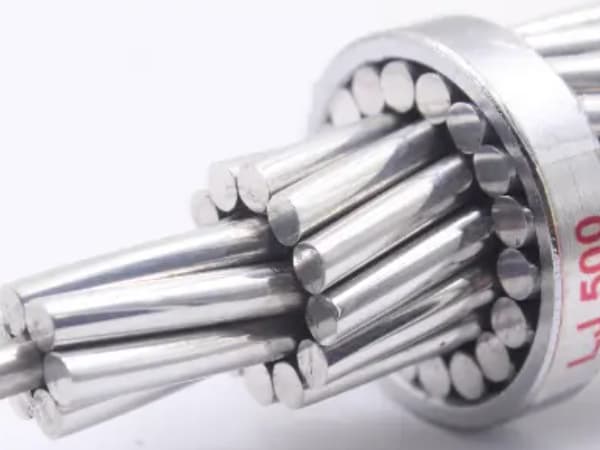He ACCR conductor (Aluminum Conductor Composite Reinforced) It is an innovative solution in high performance electric transmission, Designed to improve the efficiency and load capacity of existing transmission lines. Thanks to its advanced composition of aluminum and a reinforced nucleus with compound material, This type of driver allows to increase the capacity of the lines without the need to modify the existing structures.

1. Composition and structure of the ACCR driver
The driver ACCR It is composed of:
- High -strength aluminum: A special aluminum alloy for external threads is used, which reduces driver's weight without compromising conductivity.
- Core reinforced with composite material: This nucleus is made of a matrix of aluminum carbide fibers (Aluminum Oxide Fibers), which provides higher mechanical resistance and stability from high temperatures.
2. Benefits of the use of ACCR
The ACCR driver offers multiple advantages compared to other traditional drivers such as ACSR (Aluminum Conductor Steel Reinforced):
2.1 Greater load capacity
Thanks to its reinforced nucleus, ACCR can transport more electric current without overheating, which makes it an ideal option for high demand transmission lines.
2.2 Lower energy loss
The ACCR has a conductivity comparable to that of copper and lower electrical resistance than other aluminum conductors, which reduces energy losses.
2.3 Reduction of thermal expansion
The composite material of the nucleus minimizes driver's thermal expansion, avoiding the loss of tension in the lines and ensuring greater operational stability.
2.4 Corrosion Resistance
Since the ACCC does not contain steel, It is highly resistant to corrosion, which increases its useful life in adverse environments, as coastal or high moisture areas.

3. ACCR driver applications
The ACCR is mainly used in the following scenarios:
3.1 Expansion of existing lines
Electrical transmission companies can increase the capacity of their networks without building new structures, thus optimizing costs and reducing the environmental impact.
3.2 Difficult access regions
In mountainous areas or with extreme climatic conditions, The ACCR facilitates the installation and maintenance due to its lower weight and greater mechanical resistance.
3.3 Integration of renewable energy
It is an ideal solution to improve the efficiency of electrical networks that transport energy generated by renewable sources such as wind and solar.
4. Comparison with other drivers
| Property | ACCR | ACSR | ACCC |
|---|---|---|---|
| Core material | Aluminum carbide fiber | Galvanized steel | Carbon fiber |
| Weight | Light | Heavy | Light |
| Load capacity | Alta | Media | Alta |
| Corrosion resistance | Alta | Media | Alta |
| Thermal expansion | Baja | Alta | Baja |
5. CONSIDERATIONS IN THE INSTALLATION
To guarantee the success of the implementation of the ACCR, It is important to consider:
- Compatibility with existing structures: It is recommended to conduct previous studies to evaluate the replacement viability in towers and supports.
- Staff training: Due to its specific characteristics, ACCR management and installation requires specialized training.
- Cost evaluation: While the initial investment can be greater than that of other drivers, Investment return is reflected in energy efficiency and lower long -term maintenance.

6. Conclusion
The ACCR driver is a technologically advanced solution that allows improving the efficiency of electric transmission networks without the need for large structural modifications. Its high resistance, Lower weight and higher load capacity make it an ideal option for the future of energy transmission. As electric demand continues to grow and the integration of renewable energy expands, The ACCR is positioned as a key option to optimize global electrical infrastructure.
